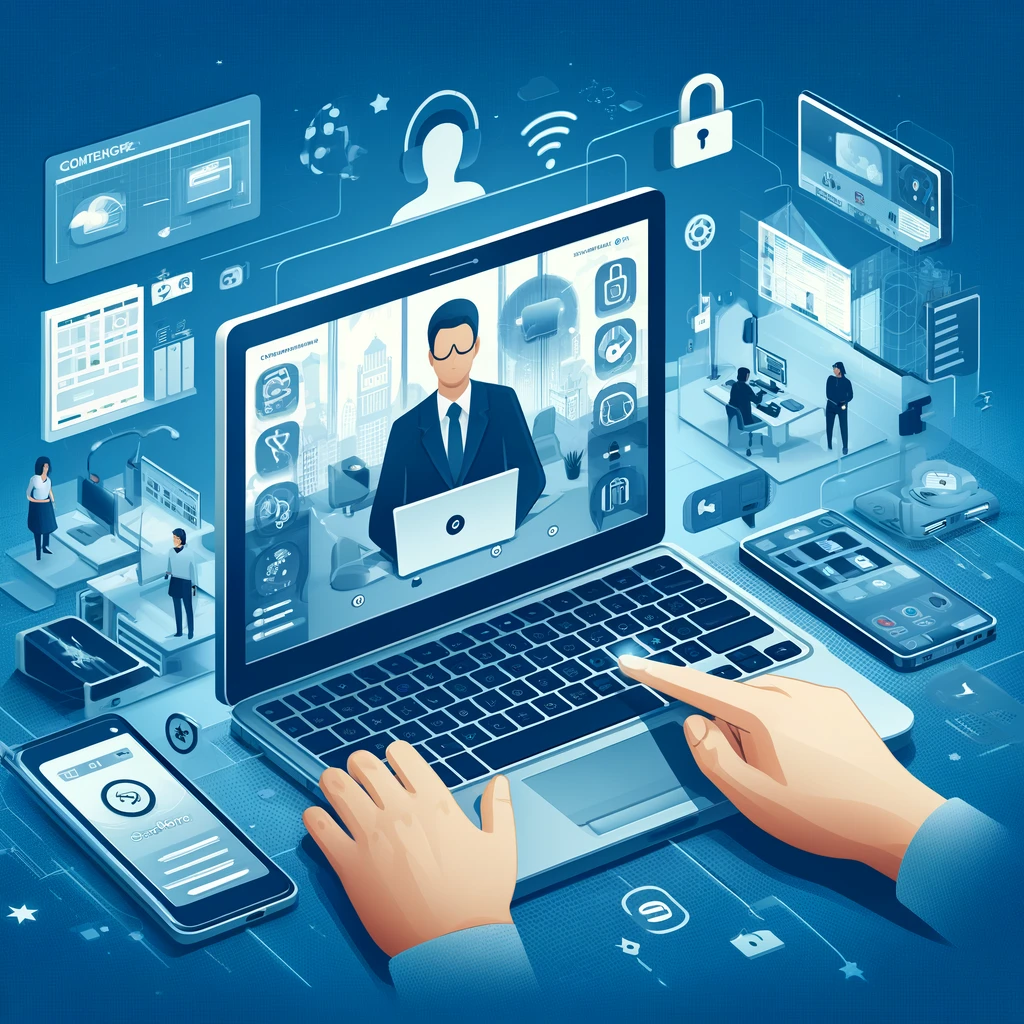Bridging Distances: What is Remote Control Software?
In an increasingly connected world, the ability to access and manage computers from afar is no longer a luxury—it’s a necessity. As an IT journalist, I’ve witnessed the transformative impact of remote control software on businesses and individuals alike. But what exactly is remote control software, and why is it so crucial in today’s digital landscape? Let’s delve into this technology that’s revolutionizing remote access.
Defining Remote Control Software
Remote control software, often referred to as remote desktop software, allows users to control a computer from a remote location. Through this software, you can view the desktop, open files, and run applications on another computer as if you were sitting right in front of it. This capability is a game-changer for IT support, remote work, and collaborative projects.
Key Features of Remote Control Software
Remote control software is packed with features designed to make remote access seamless and efficient. Here are some of the key functionalities:
1. Screen Sharing: The core feature of remote control software is screen sharing, allowing you to see and interact with the remote desktop in real-time.
2. File Transfer: This feature enables users to transfer files between the local and remote computers, facilitating seamless collaboration.
3. Multi-Platform Support: Many remote control applications support various operating systems, including Windows, macOS, Linux, and mobile platforms.
4. Session Recording: Some software allows sessions to be recorded for later review, which is useful for training and documentation.
5. Security Measures: Advanced security features, such as encryption, multi-factor authentication, and access controls, ensure that remote sessions are secure.
Benefits of Remote Control Software
The advantages of remote control software are manifold, making it an indispensable tool in many scenarios:
1. Enhanced IT Support: IT professionals can troubleshoot and resolve issues on remote computers without being physically present, saving time and resources.
2. Remote Work Enablement: Employees can access their office desktops from home or while traveling, maintaining productivity regardless of location.
3. Collaboration: Teams can work together on the same projects, share files, and communicate effectively, no matter where they are.
4. Cost Savings: Reducing the need for physical presence and travel, remote control software helps cut down on operational costs.
Popular Remote Control Software
Several remote control software options stand out for their reliability and feature sets. Here are a few leading choices:
1. TeamViewer: Known for its user-friendly interface and extensive feature set, TeamViewer is a popular choice for both personal and professional use.
2. AnyDesk: Offering high-speed performance and robust security features, AnyDesk is favored for its lightweight design and ease of use.
3. RemotePC: Ideal for both small businesses and enterprises, RemotePC provides secure remote access with a strong focus on data protection.
4. Microsoft Remote Desktop: Integrated with Windows, this tool is widely used for its seamless compatibility and straightforward setup.
How to Choose the Right Remote Control Software
When selecting remote control software, consider the following factors to ensure it meets your needs:
1. Use Case: Determine whether you need the software for personal use, IT support, or business operations.
2. Features: Look for the features that are most important to you, such as file transfer, session recording, or multi-platform support.
3. Security: Ensure the software offers robust security measures to protect sensitive data during remote sessions.
4. Performance: Choose a solution that offers high-speed performance and reliability to avoid disruptions during use.
Conclusion: Embracing the Future of Remote Access
Remote control software is more than just a tool—it’s a gateway to new possibilities in how we work, collaborate, and manage technology. By bridging the gap between physical and digital spaces, it empowers users to stay connected and productive, no matter where they are. As remote work continues to rise, the importance of reliable and secure remote control software will only grow, shaping the future of digital interactions.


